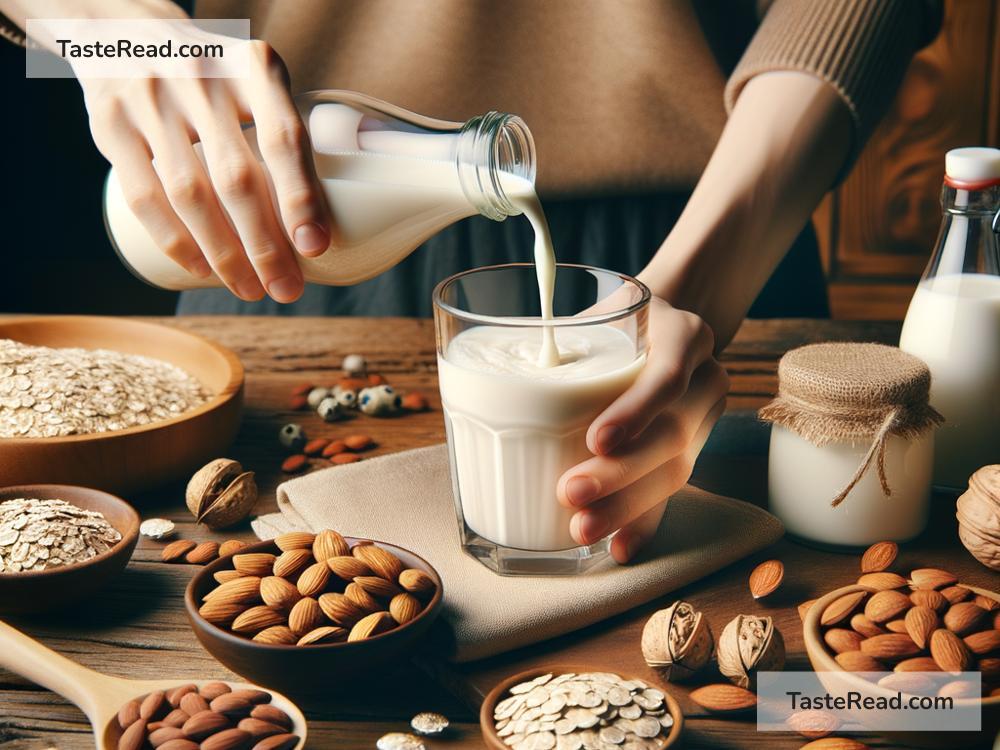Embracing Low-Footprint Dairy Alternatives: A Step Towards Sustainable Eating
In recent years, there’s been a growing awareness about the impact of our food choices on the planet. Among these, dairy products have come under scrutiny for their environmental footprint. But here’s the good news: low-footprint dairy alternatives are rising in popularity, offering us a chance to enjoy our favorite foods while also caring for our planet. Let’s delve into why these alternatives are important and how they can make a big difference.
Why Look for Alternaries?
First off, traditional dairy farming is resource-intensive. It requires a lot of water, land, and food to raise cows, not to mention the methane they produce, which is a potent greenhouse gas. These factors contribute to climate change, deforestation, and water scarcity. As a result, scientists and environmentalists have been encouraging us to explore more sustainable options.
The Heroes: Dairy Alternatives
Enter dairy alternatives, the eco-friendly heroes we’ve been waiting for. Made from plants like almonds, oats, soy, and coconut, these alternatives produce significantly less greenhouse gas emissions and use fewer resources compared to regular dairy. Here’s a closer look at why they’re worth considering:
1. Lower Environmental Impact
The biggest advantage of plant-based dairy alternatives is their reduced environmental impact. Growing plants typically requires less water and land than raising dairy cows, and the process emits fewer greenhouse gases. By choosing these alternatives, you’re reducing your carbon footprint—one sip or bite at a time.
2. Health Benefits
Many dairy alternatives are packed with nutrients and can be a healthier option for some people. For example, almond milk is low in calories and contains vitamin E, while soy milk offers a good amount of protein. However, it’s essential to check the labels as some products might have added sugars or preservatives.
3. Versatility
Dairy alternatives are incredibly versatile. You can find or make plant-based versions of nearly every dairy product, from milk and cheese to yogurt and ice cream. Plus, they often have a unique and delicious taste that can add an exciting twist to your favorite dishes.
4. Inclusivity
For those who are lactose intolerant or have dairy allergies, plant-based alternatives provide a wonderful solution. They allow everyone to enjoy the creamy textures and flavors of dairy without the discomfort or health risks. Additionally, many dairy alternatives are suitable for vegans and those on a plant-based diet.
How to Make the Switch
If you’re thinking about incorporating dairy alternatives into your diet, here are some tips to get started:
Start Slow
Begin by replacing cow’s milk with a plant-based milk in your coffee or cereal. Experiment with different types to find what you like best. Gradually, you can try other dairy-free products.
Read Labels
While dairy alternatives are often healthier, some can contain added sugars or artificial ingredients. Always read nutritional labels to choose the most natural and beneficial options.
DIY
Consider making your dairy alternatives at home. Homemade almond or oat milk can be fresher, healthier, and more eco-friendly since it reduces packaging waste.
Experiment in the Kitchen
Dairy alternatives can add new flavors and textures to your cooking and baking. Use them in smoothies, soups, sauces, and desserts to explore the wide range of possibilities they offer.
Embracing a Sustainable Future
Switching to low-footprint dairy alternatives is more than just a dietary choice; it’s a step towards a more sustainable and compassionate world. By reducing the demand for traditional dairy, we can decrease our environmental impact, save precious resources, and even inspire others to consider more planet-friendly food options.
In the end, every small choice adds up. Whether it’s opting for oat milk in your morning latte or experimenting with dairy-free cheese, embracing dairy alternatives is a delicious and meaningful way to contribute to a healthier planet. So next time you’re at the grocery store, why not give them a try? Your taste buds and the Earth will thank you.


